Demi Moore, 61, Stuns in a Tiny Bikini With Her Granddaughter and Shocks Fans

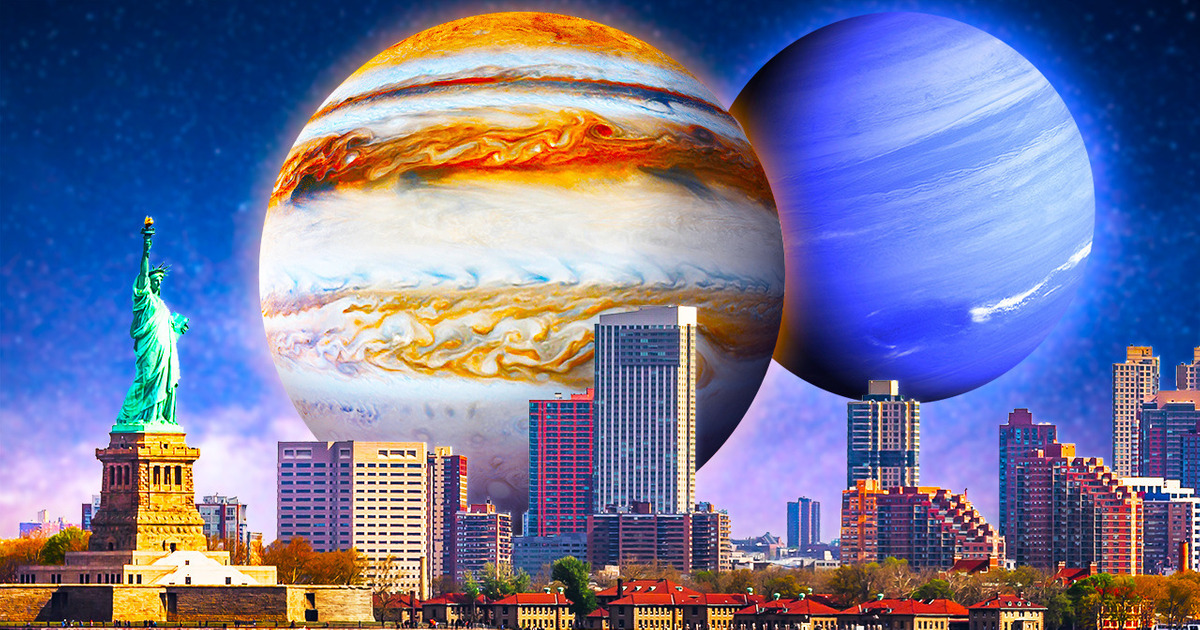
You’re on a plane heading to an important astronomy convention when you see a large figure outside your window that eclipses the whole Sun. You spit out all of your coffee, and everyone in the plane stares outside in shock. You then notice that it has rings like Saturn. You were supposed to fly to Japan, but you’re forced to land in California.
As soon as you land, you look up in the sky and see some more giant planet-like structures floating around in the sky. Everyone is taking pictures and trying to figure out what’s going on. Suddenly you notice a huge ball of fire crashing down near the airport. Everyone scrambles for safety, and luckily, it ends up in the middle of the runway with no one around. The bad news is that there’s no more runway for planes to land.
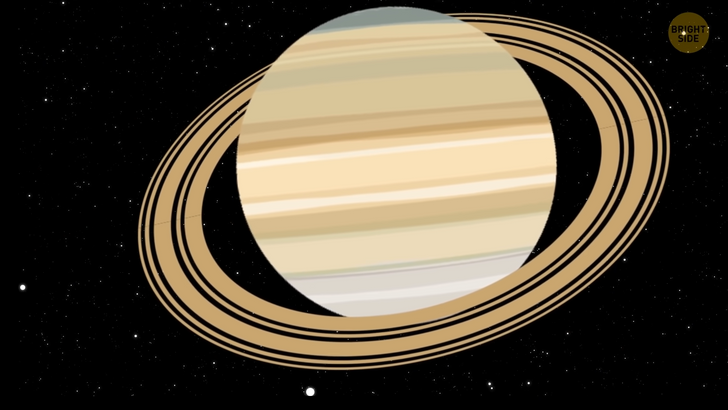
Everyone huddles together for safety, and more large objects appear in the sky. All communications have ceased or broken down since these large objects have ruined all the satellites. Some scientists nearby mention that these objects are the planets of the Solar System going within the same proximity as our Moon. Mercury and Venus look like moons, but Saturn is occupying a lot of sky real estate.
You tell those scientists that you’re an astronomer. They invite you to join them on a trip to Antarctica to the observatory station in the South Pole. They need every mind to help solve this mystery. You get on a ship with the coordinates set to Antarctica. The waves are extremely rough for typical daylight and non-stormy weather.
You finally make it to the shore of the continent after a few days and have to get in a snowmobile all the way to Amundsen-Scott South Pole Station. Over here, you and a group of scientists will figure out what’s going on. You weren’t prepared for the freezing temperatures even though it’s July. You arrive at the station and see all your fellow scientists running around with paperwork and blurting out stuff about planets orbiting our atmosphere. You arrive at the conference room, where the lead scientist explains what’s going on.
One by one, the planets are coming closer to us until they’re aligned with the Moon. But they still don’t know why and how. Venus arrived first, and now Saturn is getting closer. The Moon is around 240,000 miles away from Earth, and it affects the tides of the oceans and seas with its gravitational pull.
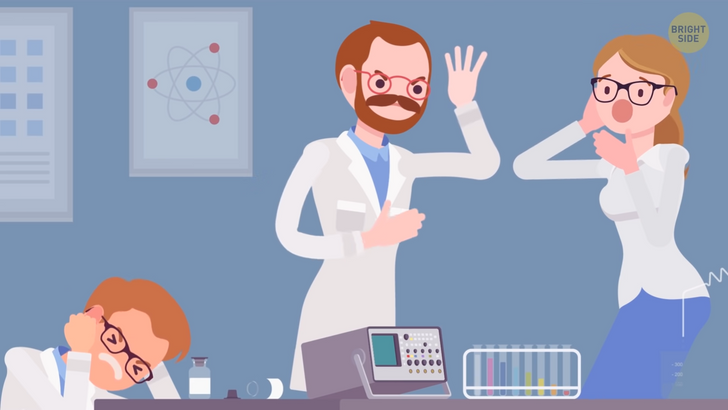
Since water is less dense than land, we can see the tides change. So high tides occur when the Earth is pulled towards the moon. And since the other planets are coming closer to Earth, the gravitational pull is erratically changing. In a couple of hours, Saturn will be in the same distance as our Moon. You head to the large telescope and observe the planets.
Any plane or helicopter won’t fly properly and won’t have the proper radar technology to help it. You keep observing and notice Mars getting closer to Earth. You get news that tidal waves are rising very often now, and some island nations are even being washed away. Good thing they got evacuated beforehand.
With Mars closing in, you notice Neptune also getting closer. You can feel the gravity on Earth fluctuate with every step you take. You report your findings to the lead scientist, and the only way for survival is to quickly build bunkers far away from oceans and seas that can host many people before the other planets close in. A team of engineers arrives and start building. Wave after wave of survivors come and settle into the bunkers practically built overnight.
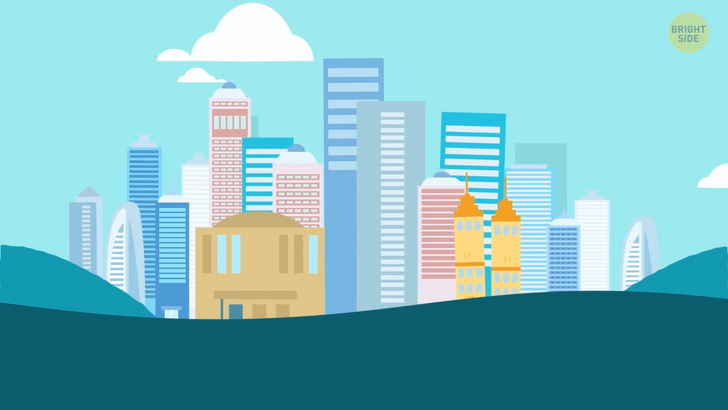
With every hour, more planets are getting closer. Mars and Neptune have already settled in with Mercury, Venus, and Saturn. Pluto and Uranus are now visible to the unaided eye and are making their way towards Earth. The gravitational pull is getting completely outta hand. The snow in the Antarctic desert remains floating for several seconds whenever someone walks on it. You can jump a lot higher.
It’s now nighttime, but the sky isn’t as dark as usual — the planets are reflecting a lot more sunlight than with our Moon. It’s barely visible now. With more observations, you notice comets and meteorites flying very close to our atmosphere. Some are even crashing down on Mars and Neptune. Everyone can see it from Earth. Other space debris also finds its way into Earth’s atmosphere.
But you notice something strange. The planets are now orbiting Saturn. You check your calculations and find out that the planets’ positions are now aligned with Saturn’s orbit. That’s because it has the biggest mass among all the planets. Saturn’s rings are made up of ice particles, some as large as a bus and others as tiny as pebbles. But they’re all crashing and interfering with the other planets. No one can feel the orbit shift at first, but later, you can start to feel it.
With this happening, earthquakes and volcanoes are bound to happen. This is why everyone, including yourself, is packing up and ready to flee. Antarctica has dozens of volcanoes hidden beneath the frozen ice. Some are underground, while some are right on top. Saturn’s gravitational pull is much stronger than Earth’s gravitational pull on the Moon. This will cause the inner core to react a lot more and kick-start those earthquakes and volcano eruptions.
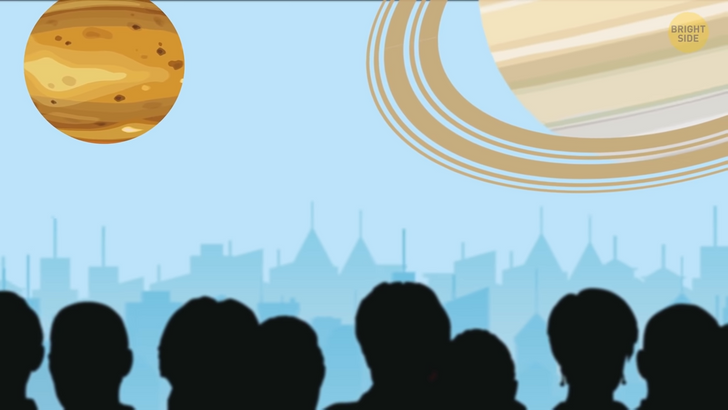
Everyone packs up super quick and heads to the choppers to fly to South Africa. These choppers were designed to have a direct course without the need for radars to guide them. You arrive in South Africa, which is mainly covered in water. The chopper takes you closer to the center.
And then you travel to the Sahara desert. The plain surface with nothing around it will be the best option for safety. But you look up in the sky and see another planet closing in. It’s Jupiter, the biggest planet in our Solar System. If Earth were the size of a grape, then Jupiter would be the size of a basketball. It’s approaching quickly.
Many of the other planets automatically make way for it, including Saturn. You’re on the road heading to the Sahara, even though it’ll take days to reach by car. The sky is dark during the day since most planets are blocking the Sun. You finally make it to the Sahara Desert with other scientists, and to your surprise, a whole city was erected in just a month when the planets started showing up.
You settle in your dorm but still have a lot of work to do. A couple of days later, Jupiter breaches the atmosphere and completely eclipses us. But Earth is now rotating around it. And it’s much quicker than orbiting the Sun since Jupiter is smaller.
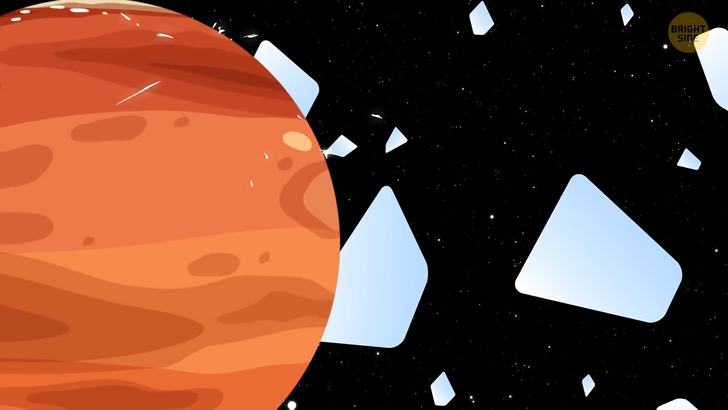
But since Saturn is also big, Earth keeps getting tossed from orbit to orbit. Like two people playing a ball game with each other.
So with that happening, people on Earth are experiencing different gravitational pulls from time to time. The tidal waves keep getting stronger, and volcanoes are erupting everywhere. Since the Earth’s core is getting hotter, the temperature on Earth is also changing.
And with a lack of sunlight most of the time, much of the plant life is having a hard time trying to keep up. Crops are harder to plant with natural sunlight, so people are turning to artificial lighting and greenhouses.
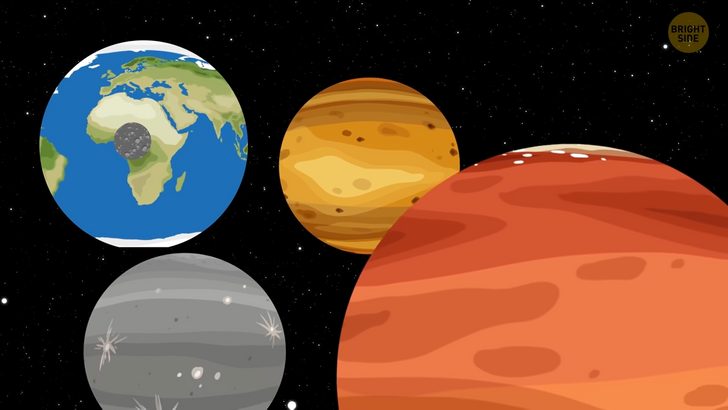
Air and space travel are impossible. The International Space Station is completely ruined, along with the satellites orbiting space. That’s why cell phones and the Internet can’t work. [lost connection]
Gravity is even more dysfunctional than ever. 6 months later, humanity has found some way of coping with the new normal. But things are constantly being updated. The number of hours in a day has changed, as well as days that compose a week.
This used to be measured with the Moon phases. A month used to be the Moon achieving all phases from none to full moon and so on. But Earth’s moon has disappeared with the cluttered, disorganized planets.











